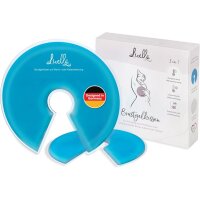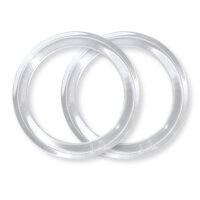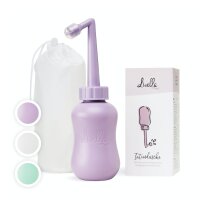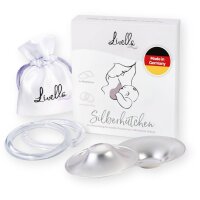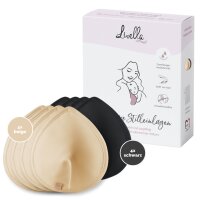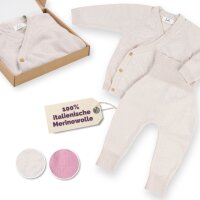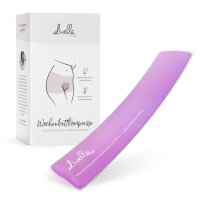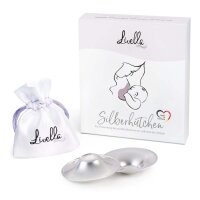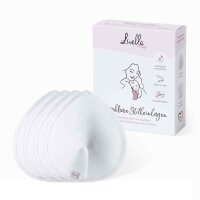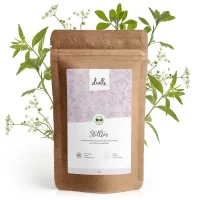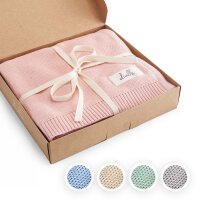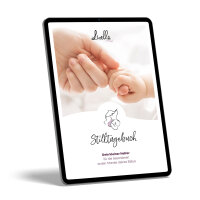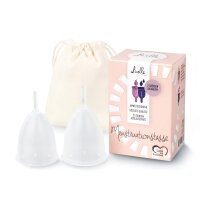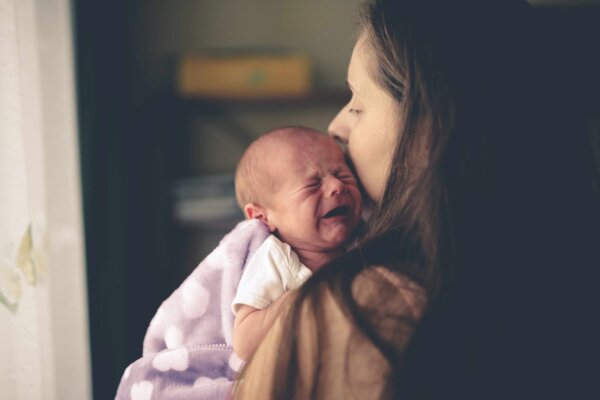It’s not uncommon for babies to show yellowing of the skin and mucous membranes a few days after birth. The yellow discolouration indicates that the internal processes in the baby's body are adapting to life outside the mother’s womb.
While newborn jaundice is usually harmless, there are cases where it can lead to complications. If the concentration of the bile pigment that causes the change in the baby’s skin colour exceeds certain levels, the consequences for the baby’s health can be severe.
Many parents believe that breastfeeding increases the risk of neonatal jaundice and that feeding breast milk is counterproductive in terms of treatment. However, studies have refuted both assumptions. But can breast milk cause jaundice?
If not, then why is yellowing of the skin in newborns often called breast milk jaundice? What symptoms do infants show that have developed neonatal jaundice? What treatment methods are available?
Table of contents
What is breast milk jaundice?
Breast milk jaundice in newborn babies: causes and diagnosis
Breast milk jaundice: symptoms in breastfed babies
Breast milk jaundice: treatment for newborns
A final word on jaundice and breast milk
What is breast milk jaundice?
Jaundice (also known as hyperbilirubinaemia) is when the skin takes on a yellowish colour. The scientific term for jaundice that occurs in babies is neonatal jaundice. It is estimated that around 30 percent of newborns in Central Europe develop jaundice.
Jaundice in newborns is often also called breast milk jaundice because breastfed babies are more frequently affected than babies that are fed with formula.
There are two types of newborn jaundice, which are early and late neonatal jaundice. Early neonatal jaundice occurs far more often, usually beginning three days after birth. The late form affects babies who are between one week and three weeks old. But how long does breast milk induced jaundice last?
Babies that are affected by the early form of jaundice typically show the strongest yellow tinge between the third and fifth or seventh day after birth. Under normal circumstances, this type of newborn jaundice should disappear after 10 days and does not require treatment. In severe cases, however, it can take up to three months for the skin colour to return to normal.
It is important to remember that neonatal jaundice is not a disease, but simply a sign that your baby’s body is adapting to life outside their mother’s womb. In concrete terms, newborn jaundice is the direct result of a temporary increase in bilirubin levels, which is a yellowish pigment found in bile.
Statistics show that around 50 percent of all babies turn visibly yellow. This is caused by increasing levels of bilirubin that are deposited in the fatty tissue of the lower skin. However, treatment is only necessary when the bilirubin levels exceed certain limits.
The reason why neonatal jaundice is often referred to as breast milk jaundice is that breastfeeding increases the chances of your baby developing jaundice and can also make the jaundice last longer. However, since breastfeeding cannot be seen as the sole cause of neonatal jaundice, this shouldn’t stop you from breastfeeding your baby. The many benefits of breastfeeding clearly outweigh the potential risks of a temporary jaundice from breast milk.
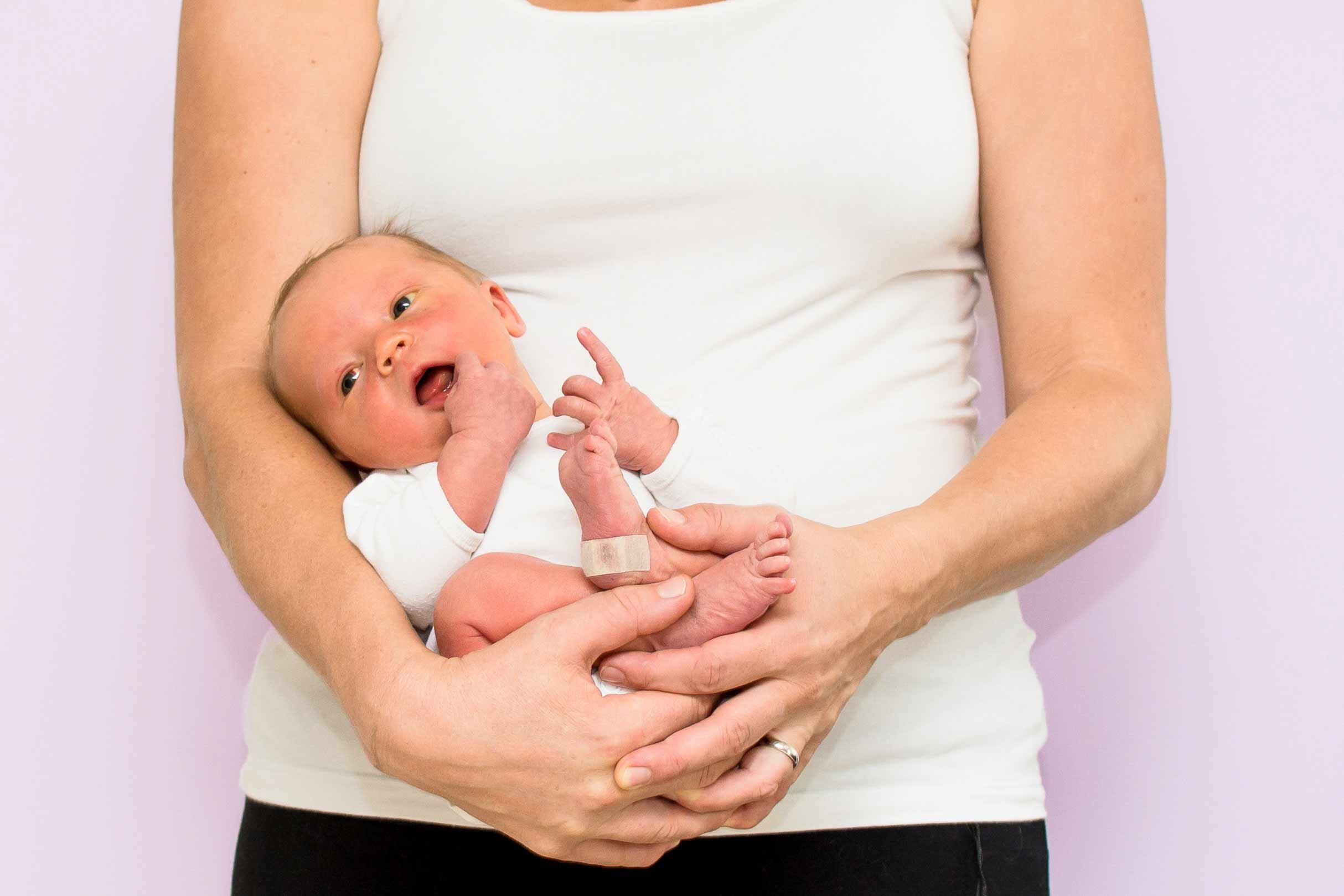
Breast milk jaundice in newborn babies: causes and diagnosis
The fact that many people refer to ‘breast milk jaundice’ has many mothers wondering: Does breast milk cause jaundice? Neonatal jaundice can have various different causes, but it’s not true that jaundice comes from breast milk alone. Instead, the causes of jaundice in newborns include:
- Physiological jaundice: After birth, the newborn's body breaks down more red blood cells, which results in increased bilirubin levels. Since a newborn's liver is not fully developed yet, it is not able to break down the bilirubin quickly enough. This is a normal process that happens with all babies. The condition only becomes critical when the bilirubin levels exceed certain limits.
- Disorders in bilirubin metabolism: Neonatal jaundice is a build-up of bilirubin in the blood. One of the primary causes is hence a disorder in the metabolic processes that are responsible for eliminating the yellow pigment from the newborn's body.
- Bad breastfeeding management: Scientific research shows that bad breastfeeding management is the reason why breastfed babies have higher chances of developing jaundice than non-breastfed babies. So the term ‘breast milk jaundice’ technically isn’t justified, since it’s not the breast milk that causes the jaundice. Infrequent breastfeeding in the first three days delays the excretion of the meconium, which leads to the baby's body absorbing more bilirubin.
- Insufficient liver function: Before the bilirubin can leave the baby’s body along with the other bowel movements, it needs to be broken down by the liver and bound to certain proteins. During pregnancy, the bilirubin in the baby’s organism is broken down by the mother’s body. After the delivery, however, the baby’s body must carry out this process on its own. Babies with reduced enzyme functionality are therefore at a higher risk of developing jaundice.
Other factors that increase the risk of breast milk jaundice include:
- Premature birth
- Foetal malnutrition
- Infections in the baby
- Dehydration
- Delayed onset of lactation
- Severe weight loss after birth
- Blood type incompatibility of mother and child
There are different ways to diagnose breast milk jaundice. In the first step, bilirubin levels are measured through your baby’s skin. If the first measurement exceeds certain limits, a second measurement is carried out by taking a blood sample.
Breast milk jaundice: symptoms in breastfed babies
There are different symptoms that can indicate that your newborn baby has developed breast milk jaundice. They include:
- Yellowing of the skin and the whites of the eyes: Jaundice usually starts in the whites of your baby’s eyes from where it spreads over the face and then all over the body.
- Lethargy and sleepiness: A newborn baby with breast milk jaundice might also be sleepy or even lethargic.
- Reduced appetite: If the bilirubin concentration reaches a certain level, your baby might become increasingly lazy to drink.
- Brief pauses in breathing and muscle spasms: If your baby’s bilirubin blood levels are very high and the condition is not treated in time, more severe symptoms can appear, such as shortness of breath and muscle cramps that can lead to arching of the back.
A very high concentration of bilirubin in a baby’s blood can lead to kernicterus. Kernicterus can lead to permanent neurological damage and therefore shouldn’t be left untreated.
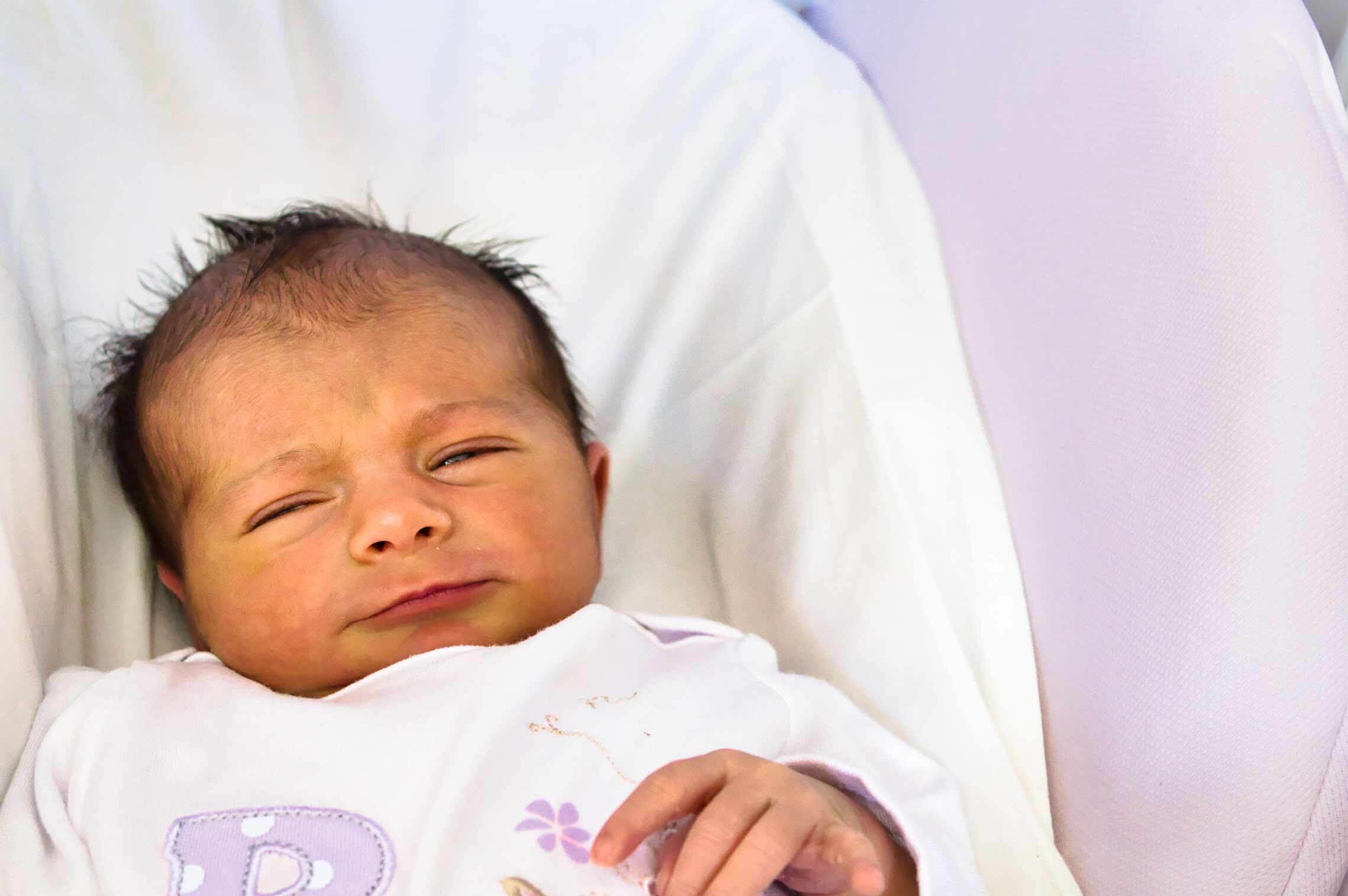
Breast milk jaundice: treatment for newborns
Good breastfeeding management is a decisive factor in the treatment and prevention of breast milk jaundice. In fact, early and frequent breastfeeding in the first few days after birth plays a key role in preventing the early form of neonatal jaundice. It’s therefore counterproductive to stop breastfeeding if your baby shows symptoms of jaundice.
Preventative measures and treatment methods for newborn jaundice include:
- Optimal care for newborn babies: Taking good care of your baby after birth is considered one of the most important measures for preventing jaundice from breast milk. This includes keeping the little one warm, supplying plenty of nutrients and respecting your baby's natural sleep rhythm. Studies have shown that baby-friendly clinics have lower rates of neonatal jaundice.
- Frequent breastfeeding and supplementary feeding (if necessary): Your baby’s body needs lots of energy for breaking down the bilirubin. Therefore, it’s important that your little one gets enough fat and protein. If your baby’s energy needs cannot be met with breastfeeding alone, it might be necessary to supplement with formula. Also, if your baby has difficulty sucking properly, you might have to express breast milk and feed it to your baby with a spoon or a cup.
- Phototherapy: Phototherapy is probably the best-known method for treating breast milk jaundice. During phototherapy, the newborn is exposed to blue light which helps the body break down and remove the bilirubin more easily. If possible, the treatment should be organised in such a way that mother and child are not separated and breastfeeding can be continued the whole time.
- Exchange transfusion: If phototherapy isn’t sufficient for treating the jaundice, the baby might need an exchange transfusion. A complete blood transfusion removes unwanted blood components from the body while maintaining the amount of blood that is required for healthy circulation.
A final word on jaundice and breast milk
Breast milk jaundice is a topic many new mums are worried about. Here are the most important facts at a glance:
- Neonatal jaundice is the result of different processes that naturally take place in a baby's body after birth. As long as the bilirubin level does not exceed certain limits, the condition is harmless and does not require treatment.
- The term ‘breast milk jaundice’ is misleading because it suggests that it’s the breast milk that causes the jaundice, which is not correct.
- Breast milk jaundice is a temporary condition. Taking a break from breastfeeding because of jaundice is neither necessary nor recommended.
- Good breastfeeding management can lower your baby’s risk of developing newborn jaundice, which is why you should choose a baby-friendly clinic for birth and have a midwife or lactation consultant look after you during the postpartum period.
Verwendete Quellen
- Gesundheitsförderung KONKRET, Band 3: Stillen und Muttermilchernährung - BZgA Shop
- Hamburger Still-Empfehlungen - 2009.pdf (hag-gesundheit.de)
- 024-007l_S2k_Hyperbilirubinaemie_Neugeborenen_Diagnostik_Therapie_2015-08-verlaengert.pdf (awmf.org)
- Hyperbilirubinämie beim Neugeborenen: der Stand des Wissens (stillen-institut.com)
- Stillen und verstärkte Neugeborenen-Gelbsucht (Ikterus) - Still-Lexikon
- Hyperbilirubinämie beim Stillkind (stillen-institut.com)
- Baby-Friendly Hospital Initiative Is Associated with Lower Rates of Neonatal Hyperbilirubinemia | Breastfeeding Medicine (liebertpub.com)
- Neugeborenengelbsucht | Apotheken Umschau (apotheken-umschau.de)


